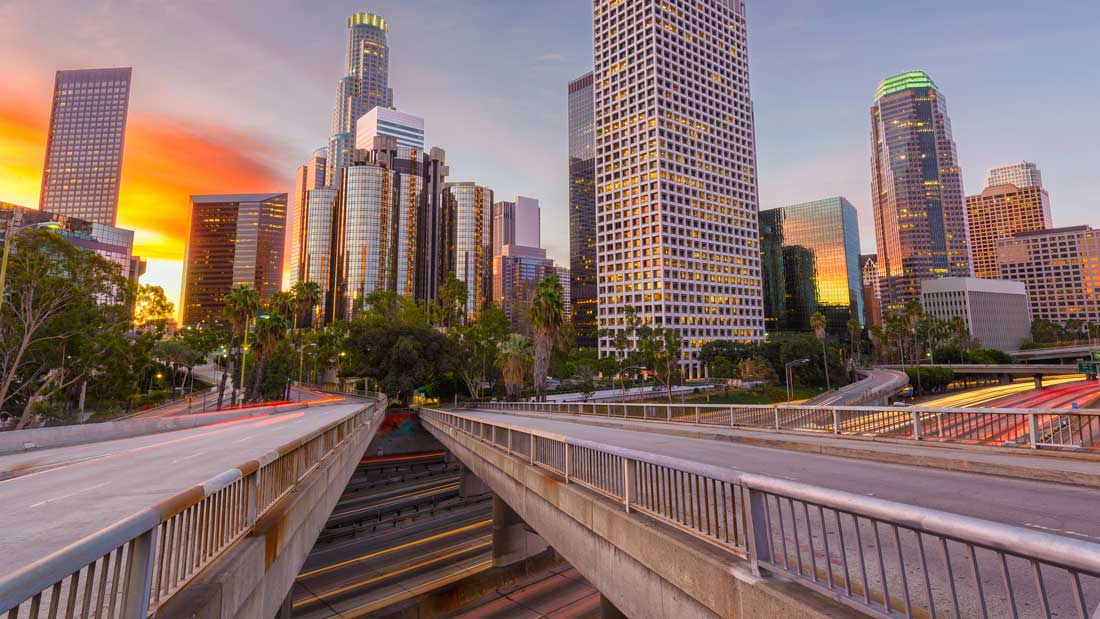California Infrastructure is Going the Wrong Way
With all the other noise coming out of Washington, D.C. these days, the one topic we haven’t heard too much about in recent months is the state our nation’s infrastructure. That’s certainly not because of progress made in that area, a fact underscored by the preliminary report card released this week on the state of bridges and roads in California:
The Society of Civil Engineers delivered a pre-election report card on California’s bridges, roads and transit systems. While money can’t buy happiness, it can buy our way out of deplorable transportation infrastructure too long ignored. On Wednesday, the pro infrastructure American Society of Civil Engineers gave California Bridges a C minus, down from a C plus last year.
Source: California releases infrastructure report card – Story | KTVU
That C- grade is technically better than the overall D+ grade the ASCE gave the nation in 2017, but who wants to drive over a bridge that is graded even slightly below average? It doesn’t take much of an imagination to understand the gravity of this situation, particularly in a state with so much seismic activity. That reality however is something nearly all of us live with due to the state of our bridges in this country. In New York, 10% of the bridges passengers travel over are considered structurally deficient. And of course, in Italy we saw the realities of this come to life just in August with the tragic collapse of the Morandi bridge.
As you may recall, President Trump unveiled his $1.5 trillion infrastructure plan back in February of 2018, a proposal that was quickly characterized as dead on arrival by all accounts. Part of that response was certainly political in nature and reflective of how both sides of the aisle haven’t been willing to work with the current administration on anything, else they might find themselves in the crosshairs of a bitter re-election campaign. But this is spending money on bridges and roads — something politicians love to do because it allows them to head home and brag to constituents about an accomplishment that has a very local impact. So what gives?
Well, only $200 billion of Trump’s infrastructure plan was to be funded by federal dollars. The rest was to come from private financing and public-private partnerships and that wasn’t something Democrats were interested in getting behind and Republicans didn’t seem interested in expending too much political capital in support of. But with mid-term elections just over 30 days away, and with many polls and pundits predicting the Democrats retaking the House, we could see the condition of our crumbling infrastructure coming back to the forefront.
Either way, the state of our bridges, roads and tunnels — not to mention our communications and digital infrastructure needs — are not going to improve on their own. It’s going to take an investment of hard dollars, no matter where they come from.


